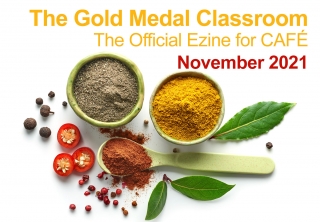
2021 Gold Medal Classroom Article Index
06 December 2021A year’s worth of trusted teaching resources to support culinary instructors.
By Lisa Parrish, GMC Editor
Feedback & comments: This email address is being protected from spambots. You need JavaScript enabled to view it.
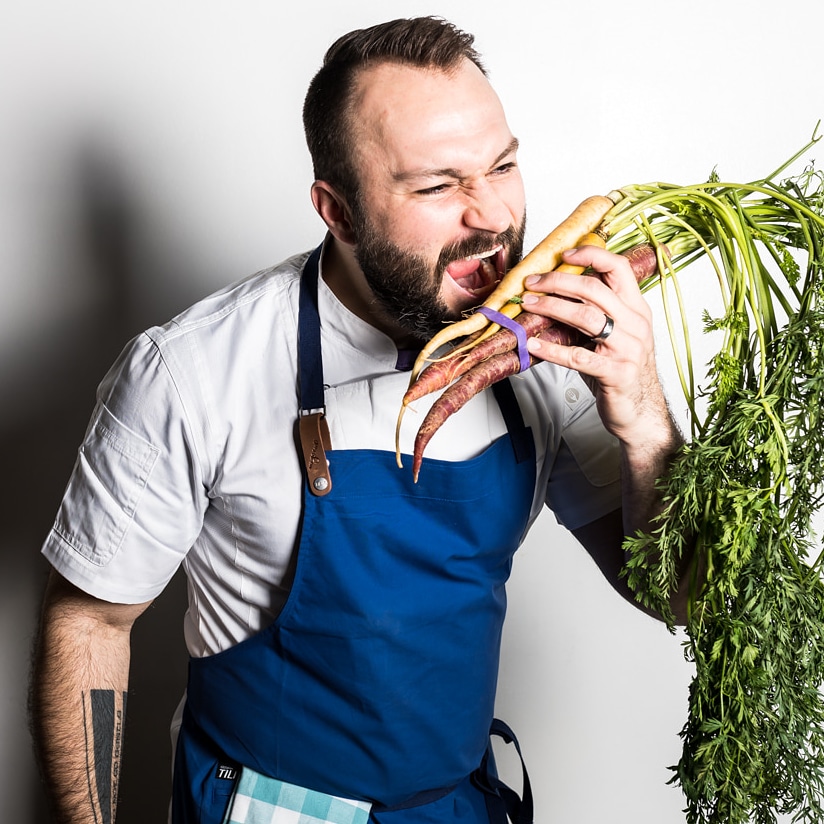 There is no questioning the facts: Gold Medal Classroom (GMC) is wrapping up another year as a culinary educator’s one-stop-shop for relevant culinary resources.
There is no questioning the facts: Gold Medal Classroom (GMC) is wrapping up another year as a culinary educator’s one-stop-shop for relevant culinary resources.
Every issue is brimming with reliable information focusing on culinary arts topics such as foodservice innovations, trending ingredients and improvements in teaching methods. Expert chef educators such as Paul Sorgule, Adam Weiner, Dr. Jennifer Denlinger and Amanda Miller discuss their firsthand knowledge of subjects relevant to high school and college culinary educators.
Miss a month and you may have bypassed valuable, useable information. Many articles contain links to additional resources such as websites, lesson plan resources like PDFs, and videos helpful in classroom instruction. Additionally, GMC posts stories about new CAFÉ initiatives such as CAFÉ Talks Podcast, Coffee with CAFÉ webinars and information on training opportunities around the country.
Look in your email for the edition announcement informing you of the new monthly publication posted on the website CafeMeetingPlace.com. If you are not receiving these emails, click here to register for the notice. You won’t miss another educationally inspiring GMC story in 2022!
FEATURE ARTICLES
Culinary Education Teaching Feature Articles
- Instructors don’t have to be acrobats teaching the sweet/heat flavor balance: Complex sweet flavor is a natural partner to a spicey taste and easy to showcase with an instructional tasting station.
- Blowing palate doors off hinges, breaking stigmas along the way: Instructors teaching umami from a scientific view can alter students’ flavor awareness forever.
- Culinary educators and their ongoing education: Culinary instructors continue their education through online courses from top-notch online training programs.
- Culinary educational resources a click away: Boards, councils and associations offer informative resources perfect for supporting all levels of online and in-person culinary curriculums.
- Turning active learning loose in the culinary classroom: New Gold Medal Classroom stories focus on ideas and activities geared toward active learning instructing.
- Taking advantage of online education’s growth opportunities: MSU Denver sees enrollment growth and success in meeting class objectives during the pandemic.
- Revisiting the pros, cons and future of online culinary instruction: Instructors share their 2020-2021 distance education experiences and expectations of online assessments.
- A “Yes, Chef” attitude helped culinary instructor Brenda Nimmo maintain academic rigor as her institution switched to online assessments.
- Two culinary instructors offer food for thought: John Lucchesi and Jason Kellogg discuss their ideas on how distance education has altered culinary education.
- Teaching about racism in food culture and how sugar became salty in the South. Building a unit for Black history month.
Foodservice Trends Feature Articles
- Shining the light on ghost and dark kitchens. Are the up-and-coming new kitchen spaces the restauranteurs’ answer to profitability? Part 1
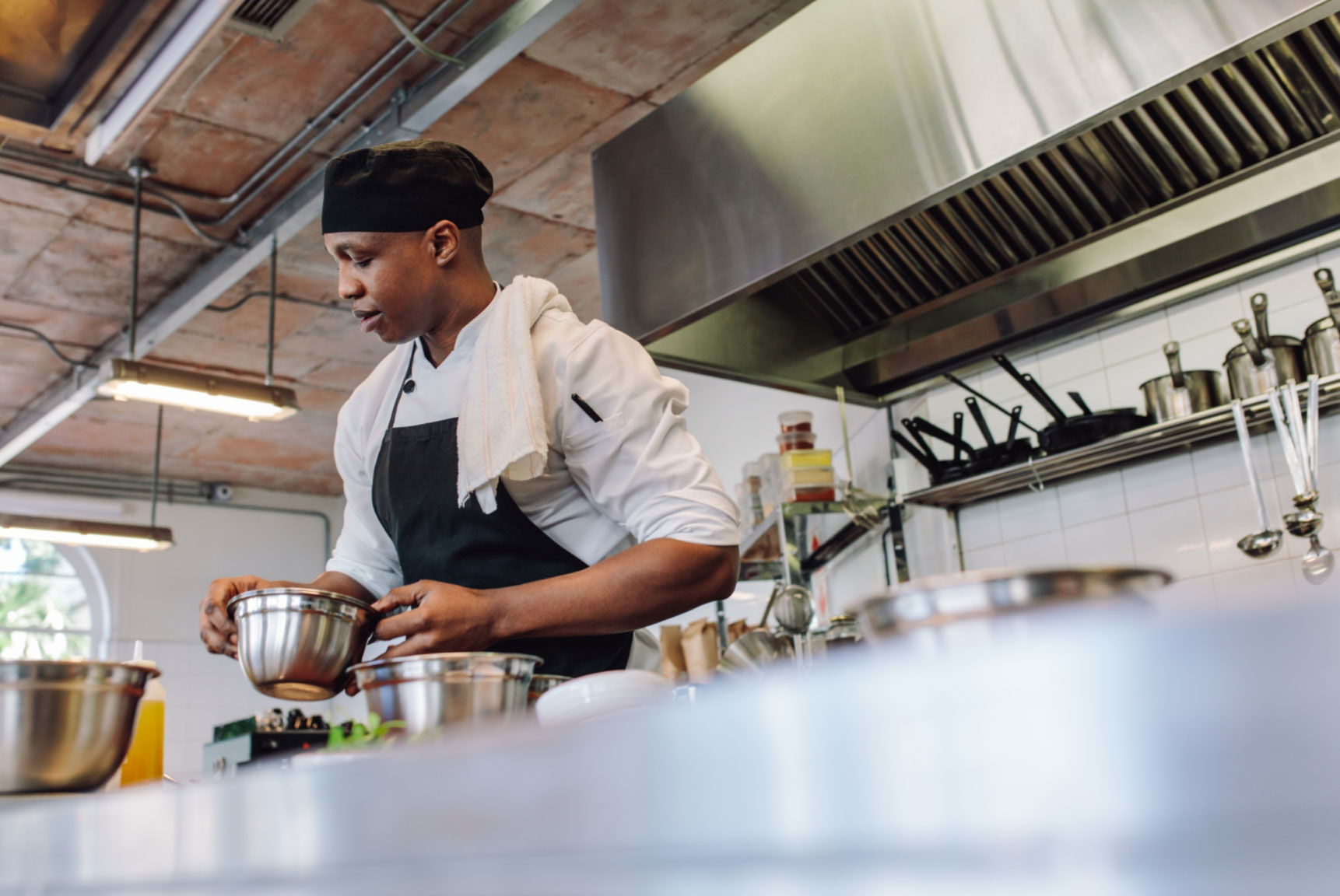
- Pulling back the curtains on dark kitchens. The second in a two-part series discussing the reality of ghost kitchens as profitable concepts. Part 2
- McCormick® Flavor Forecast® 21st Edition reveals global trends driving the tastes of tomorrow by identifying four new flavor themes.
- The art of crafting beverages with flavorful spirits and spiritless ingredients is driving a beverage consumption increase.
Ingredient Feature Articles
- Food as a multivitamin. Cleveland Indians Executive Chef Joshua Ingraham drives his culinary business and personal life toward functional food and its positive healthful benefits.
- Food and ingredients as medicine: Eating specific foods and utilizing certain ingredients to prevent, manage and possibly even reverse health conditions.
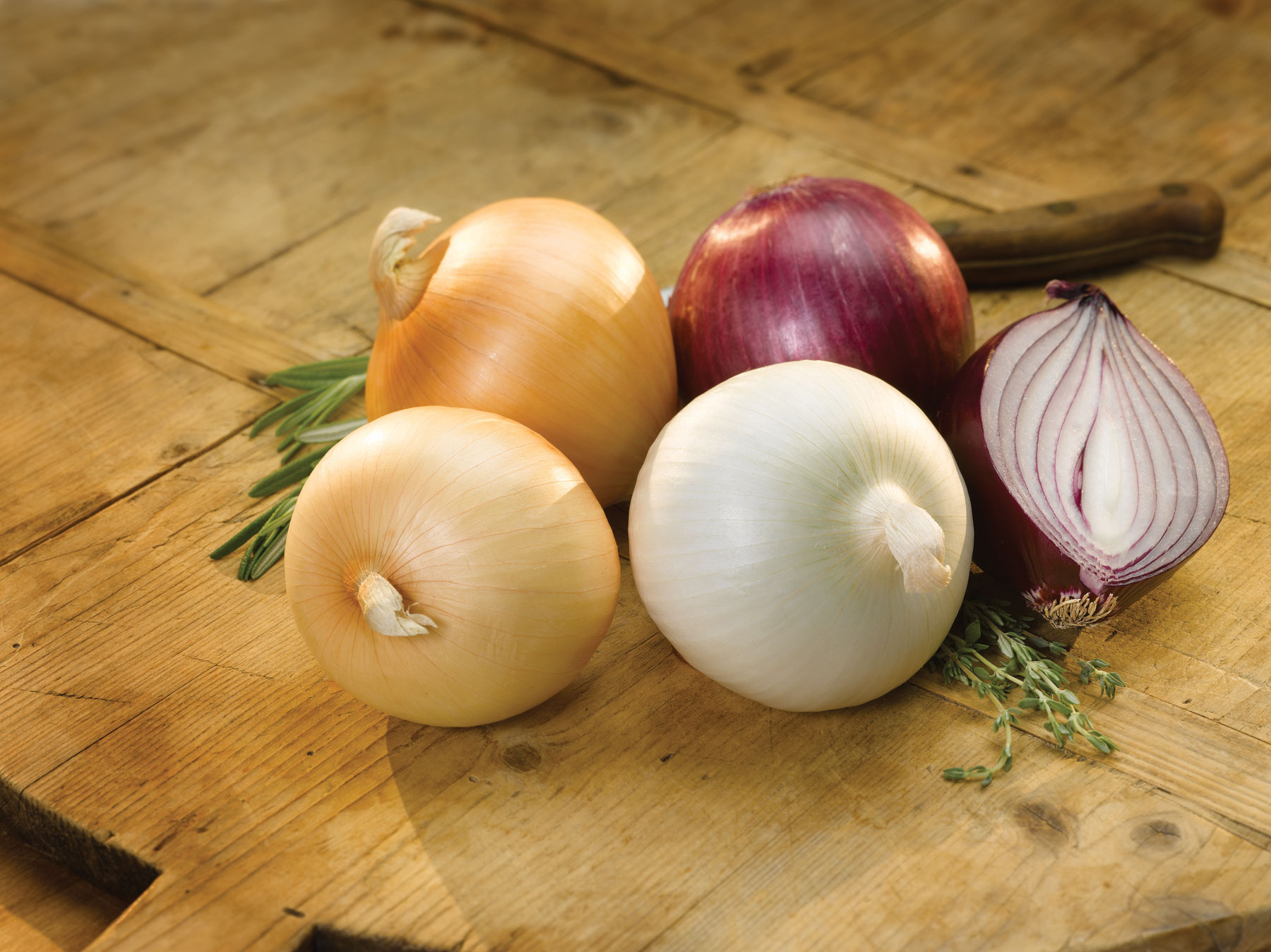
- Onions’ seasons, colors and flavors: Learn about the seasonality of onions including the differences between fresh and storage alliums. Try the classroom experiment to see and smell the differences.
- Pears grow into new roles during pandemic: Canned pears have become the perfect candidate for innovative utilizations amid pandemic restrictions.
- Walnut’s essential health impacts: A well-studied ingredient that improves basic health and helps reduce the risk of disease.
- The alternative meat market is driven by consumers’ desire for health and their environmental concerns.
- What’s the difference between a sweet potato and yam? If you think yams are sweet and orange – read on to find that orange is the new potato.
- Honey is a natural substitute in baking. The sweetener is also a byproduct of honeybees contributing to pollinating one-third of the world’s food supply. A sweet win for baking and sustainability.
Miscellaneous Feature Stories
- Don’t miss CAFÉ culinary educator programs: Award deadline April 1 with cash prizes of up to $9,000, new Coffee with CAFÉ webinars, and Taste of CAFÉ podcasts.
- CAFÉ honors 11 culinary educators with 2021 awards. Read stories highlighting their outstanding and award-winning accomplishments.
- More than 10 regional Taste of CAFÉ workshops slated for educational institutions this fall.
- Fred Mayo assists global hospitality and tourism organization ICHRIE grow and reorganize.
50 MINUTE CLASSROOM by Chef Adam Weiner
- January – Basic foodservice economics: Instructors know students do not understand foodservice economics when the class disbelievingly shakes their heads at the profit earned for $100 in sales.
- February – Understanding the basics of seasonings and spice blends. What salt percentage is in your favorite seasoned salt and which pepper varieties are used in ground black pepper?
- March – Teaching OSHA basics including knife safety, non-COVID-19 related PPE, lifting and climbing, and the importance of call outs. Part one of a two-part series.
- April – Teaching OSHA safety in culinary programs part two. Teaching the basics of using unfamiliar equipment, burns and heat exhaustion, carts and speed racks, fire safety and evacuations.
- May – You are more important than you think. Student competitors remind instructors that teaching goes beyond textbook lessons.
- June/July – Facilitating mentor relationships for your female students can have a positive and lasting impact on their hospitality and culinary careers.
- August – Beginning the school year with engaging activities including games and discussion ideas.
- September – It’s time again to do things differently. Reviewing your teaching methodologies with an eye toward the future.
- October – New recipe tricks of the trade. Specific steps students should take when receiving, writing or scaling new recipes.
- November – Building a better charcuterie board. Instruct students on balancing flavor, texture and variety on charcuterie boards and garnishes.
- December – Ending the year on a high note. Test your knowledge with a fun food quiz for students and instructors alike.
THINK TANK by Chef Paul Sorgule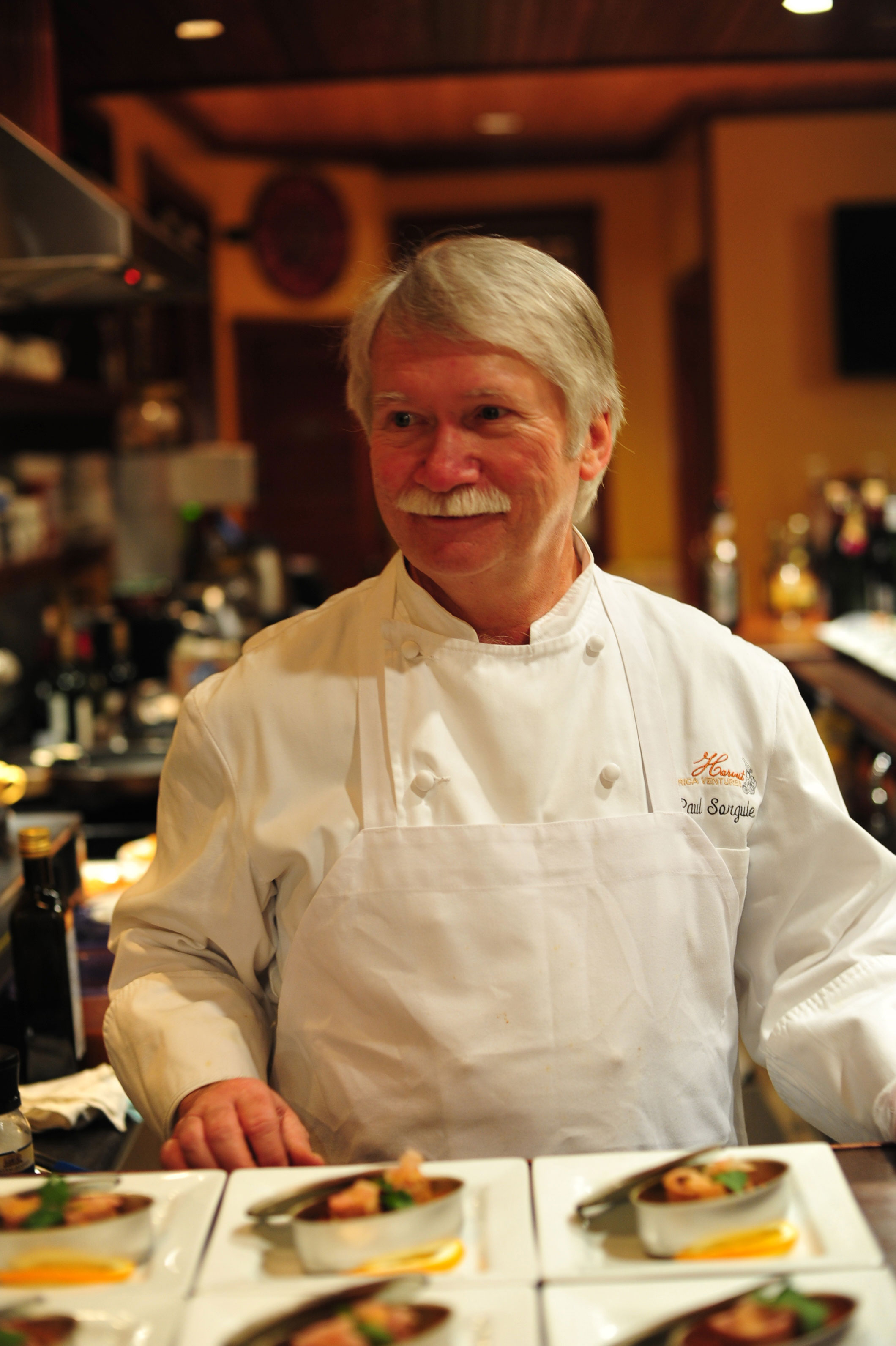
- January – From uncertainty comes opportunity for those willing to learn from the past and cut new trails. 2021 is a time for an industry’s rebirth.
- February – What are the future career tracks for culinary graduates? Anticipate change, prepare for it, and stay ahead of the market that will never slow down for us.
- March – Hands-on training opportunities created during the pandemic when educational culinarians pivoted from feeding on-campus restaurant goers to feeding the food insecure.
- April – Ensuring your program is not directionally challenged. Pushing your program in the right direction requires uniqueness, excellence and educational pride.
- May – Measuring competence and confidence. Establish a student passport that compliments a degree or certificate and defines a specific skill’s baseline ability.
- June/July – Will back to normal be normal? This is not the time to hope for a return to the way things were. This is a perfect opportunity for reinvention.
- August – Start your engines but keep your foot on the brake. Creating a new post-pandemic normal that doesn’t feel normal.
- September – Never shy away from reinforcing basic habits that define a cook’s and culinary program’s brand.
- October – Why do we cook? A student’s answer may define his or her career.
- November – Leaders and mentors inspire others to dream, learn and do more. It is culinary education’s missing link.
- December – Determining an educator’s purpose. Building a services portfolio during changing times while serving the underserved.
GUEST COLUMNISTS
By Valencia College’s Dr. Jennifer Denlinger, CCC, CHEP
- Creating mock walk-in cooler helps cement storage concepts: Creating a game with boxes and food pictures helps students understand storage requirements, final cooking temperatures or even FIFO concepts
- Teaching measurement and conversions. Showing students how to convert cups to gallons without watching them fill a measuring cup over and over and over.
- You first eat with your eyes. The visual principles of vegetable cookery.
- Using brownies to help students overcome preconceived notions about healthy eating.
- Learning temperatures and microorganisms made easier with creative matching games. Read how to increase student engagement in Food Safety and Sanitation class.
- Teaching students to differentiate between different table service styles and what makes good and bad table service.
- Actively encourage students to participate in and create food waste reduction concepts. Learn about Valencia College’s Initiative to Reduce Food Waste.
- Teaching students how to articulate and relate the differences in how food tastes, smells and feels.
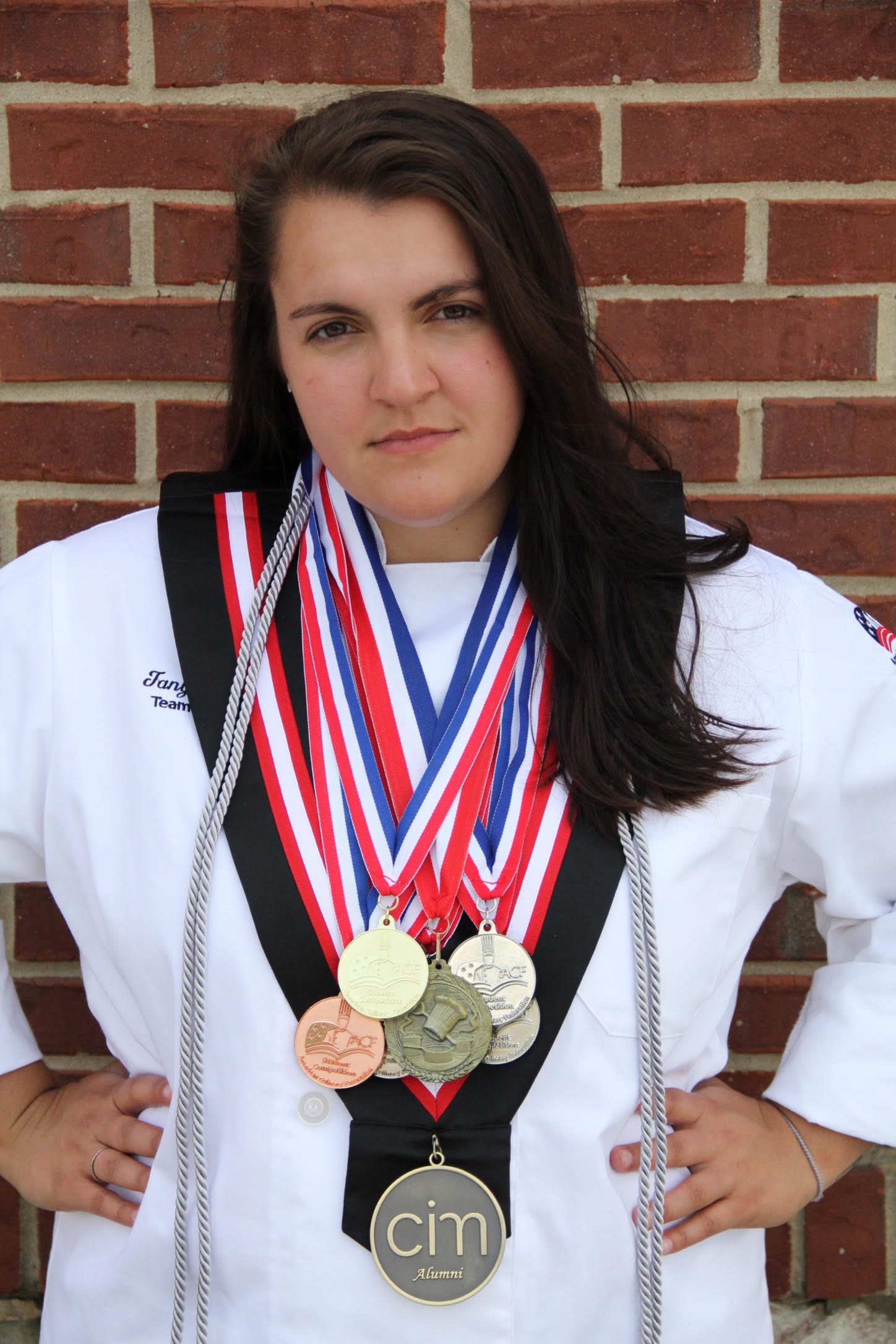
By Culinary Institute of Michigan – Muskegon’s Amanda Miller, CC, CPC
- Chef Instructor Amanda Miller mentors female students on finding their kitchen voice by standing up and standing out.
- Building character and culinary skills are benefits of student competitions. Be careful, adding an instructor incentive might require a wardrobe change or a new tattoo.
- Respecting all students regardless of gender. Insensitive comment during competition illustrates gender inequality persists in culinary arts.
- Building a rapport with students: Building trust and gaining respect by actions such as helping in the dish pit and asking for preferred pronouns. It’s leading by example and leading from the front.
BREAKING NEWS
- Goya Foods announces $80,000 Culinary Arts and Food Science Scholarships for four students.
- Buzzworthy News: Honey ranks as Americans' preferred sweetener overtaking white sugar.
- Chef Tyler Florence named Johnson & Wales University’s Food Entrepreneur in Residence.
- CIM at Baker College’s Tom Recinella named to the ACF Education Foundation Accrediting Commission.
- Contest: Demonstrate what you “CAN DO” with U.S. Grown canned pears in annual CAN DO Challenge.
- CAFÉ announces 2021 award honorees.
- Baker College Dean of Culinary wins ACF’s Hermann G. Rusch Chef’s Achievement Award.
- 2022 James Beard Awards: New criteria for more accessibility.
- CAFÉ Announces 2022 Award Program Including first-time student of the year honor.
- Fabricating lamb booklet for culinary instructors.
- CAFE Award winner and culinary instructor contestant on Netflix’s “School of Chocolate”
MEET THE GROWERS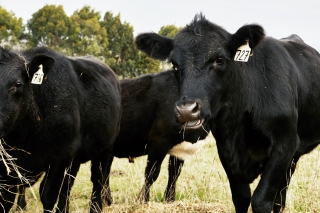
- Pecans in a Nutshell: It takes pecan trees seven years from planting to finally produce nuts. Farmers need to plan – sometimes 35 years ahead – and that is just what the Ivey family did in west Texas.
- Ranchers attentively work 24 months to sustainably raise grass-fed beef. The meat is on a diner’s table for 10 minutes. “And in those 10 minutes, our months of work come down to how well (a chef) prepares that meal. So, handle it with care.” Australian Rancher Paul Crock
- Watermelon: Vegetable in disguise or misunderstood fruit?
- Making moves that make a difference: Striving to become better influences every onion growing and packaging decision at Peri & Sons Farms.
- Mushrooms: Shining the light on growing mushrooms in the dark.
Click here to read the 2020 Gold Medal Classroom article index.
